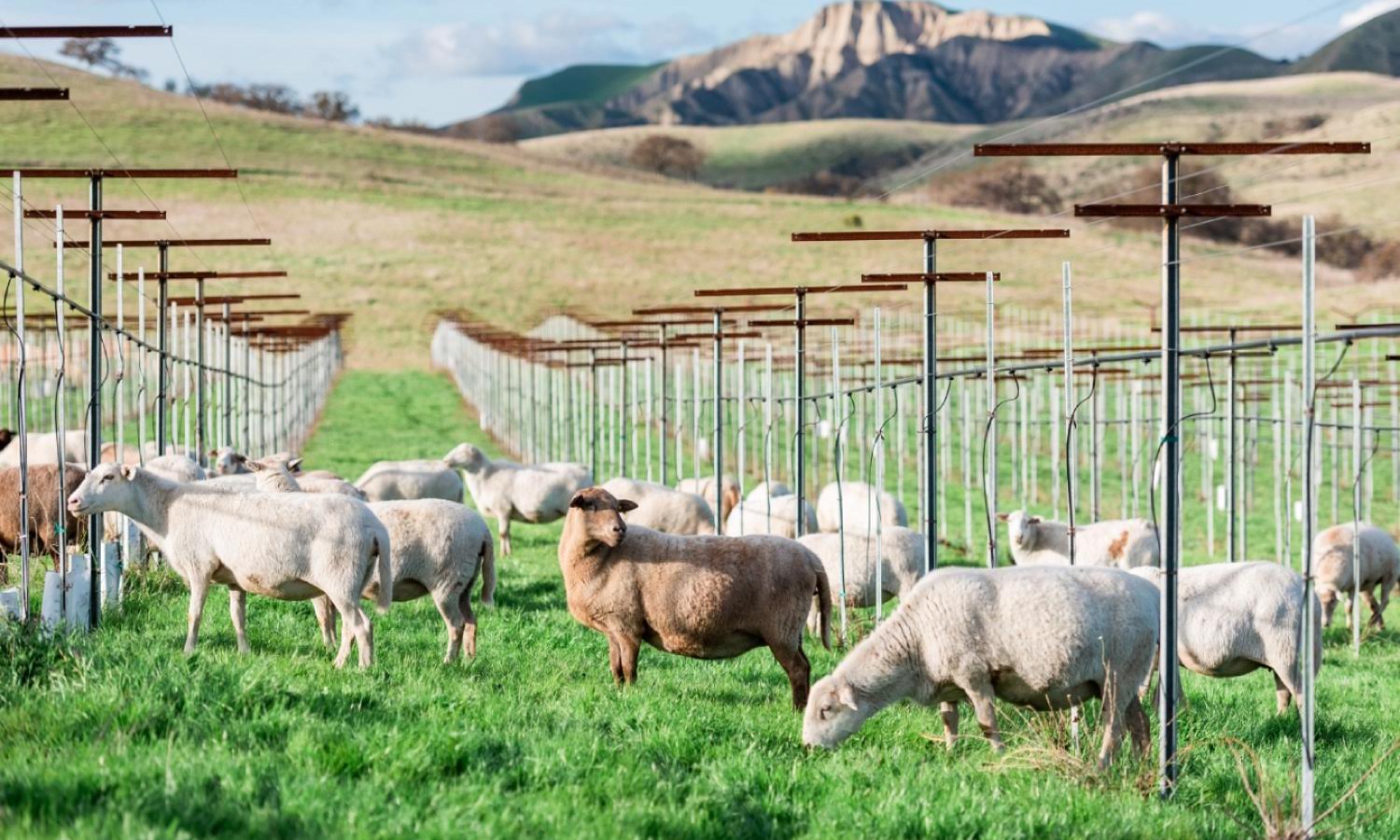2022 has brought more grim news about the climate crisis. February’s Intergovernmental Panel on Climate Change (IPCC) report finds that “the catastrophic impacts of climate breakdown are mounting quickly and may soon outpace humanity’s ability to adapt.” New research argued the world is getting “measurably closer” to the dangerous 1.5 degree threshold in temperature rise. The conflict in Ukraine has sparked a global “fossil fuel war,” with nations including the U.S seeking to increase production of oil.
Embedded in the bad news, however, is a clear and unequivocal solution from scientists: nature. The IPCC’s April followup was a report providing “the most conclusive endorsement yet of nature as a climate solution. It reveals that reducing the destruction of ecosystems, restoring them, and improving the management of working lands, like farms, are among the most effective options for mitigating carbon emissions.”
As food system change advocates, we know this intuitively—that nature-based solutions are a critical part of the answer. It’s urgent that we step forward in the climate debate and share what we know: that regenerative agriculture is a significant, “shovel-ready” solution to climate change that will be central to mitigating the worst effects of climate change.
Last month, our organization—Funders for Regenerative Agriculture (FORA)—released the first in a series of issue briefs evaluating the full benefits of regenerative agriculture across a variety of intersectional lenses, Regenerative Agriculture and Climate. We reviewed hundreds of studies, reports and research on agriculture and climate, surveying the most current data and thinking. The takeaway was clear: as we seek approaches to limit emissions and mitigate the climate emergency, regenerative agriculture is a robust and powerful driver of change.
Here’s some of what we learned:
Regenerative agriculture works with nature, not against it. Societies worldwide and throughout history have used nature-based food production systems. These systems still work today, and are both profitable and resilient.
Regenerative agriculture can restore and keep in balance the natural carbon cycle that converts carbon in the atmosphere into nutrients that plants use to grow. Over a dozen unique regenerative practices improve and maintain this healthy carbon cycle.
Improved and common soil carbon practices like cover cropping and optimal intensity grazing could provide 0.41 gigatons and 0.15 gigatons respectively of CO2 emissions mitigation a year, contributing to food security, biodiversity conservation, and building resilient ecosystems that can more easily adapt to a changing climate.
Livestock, managed well and responsibly, are critical tools in the climate change toolbox. We found that the role of animals in regenerative agriculture is essential to restoring degraded landscapes and building topsoil—the heart of a healthy, sustainable agricultural system.
In short: regenerative agriculture and livestock production can restore degraded land, reduce greenhouse gas emissions, and store carbon while producing nutritious food. A recent study from the Global Alliance for the Future of Food backed up these conclusions. They assessed how 14 countries have incorporated food systems in their national climate plans. By failing to embrace a systems approach to food production and agricultural systems, these countries have missed an opportunity to cut at least one-fifth of emissions.
Despite these facts, during the last two decades, the industrial agriculture industry in the United States has spent US$2.5 billion on lobbying, and worked to kill environmental, climate regulation, and progress towards a more regenerative and equitable system.
Ultimately, nature wins out —and regenerative agriculture is a win-win-win solution. It’s good for climate mitigation, as well as ecological resilience and adaptation. Regenerative agriculture restores degraded ecosystems that can both provide stable carbon, nitrogen, nutrient, and water cycling—while simultaneously supporting healthy, nutrient rich food and healthy communities.
As food system experts and advocates, we’re also climate solutionists. Industrial agriculture has gotten off easy when it comes to the drivers of climate change, despite the fact that over a third of all global emissions come from food production.
This is an argument that we can win—and in the process build support for regenerative agriculture, grow our coalitions and expand our market share. The facts are on our side: regenerative agriculture is a shovel-ready climate solution.
Articles like the one you just read are made possible through the generosity of Food Tank members. Can we please count on you to be part of our growing movement? Become a member today by clicking here.













